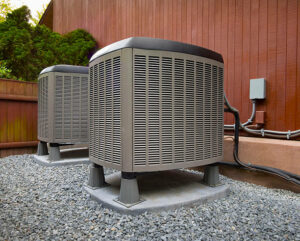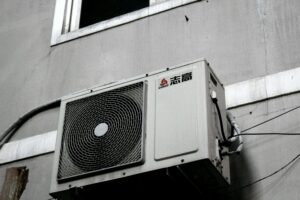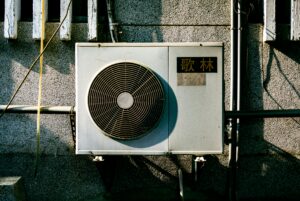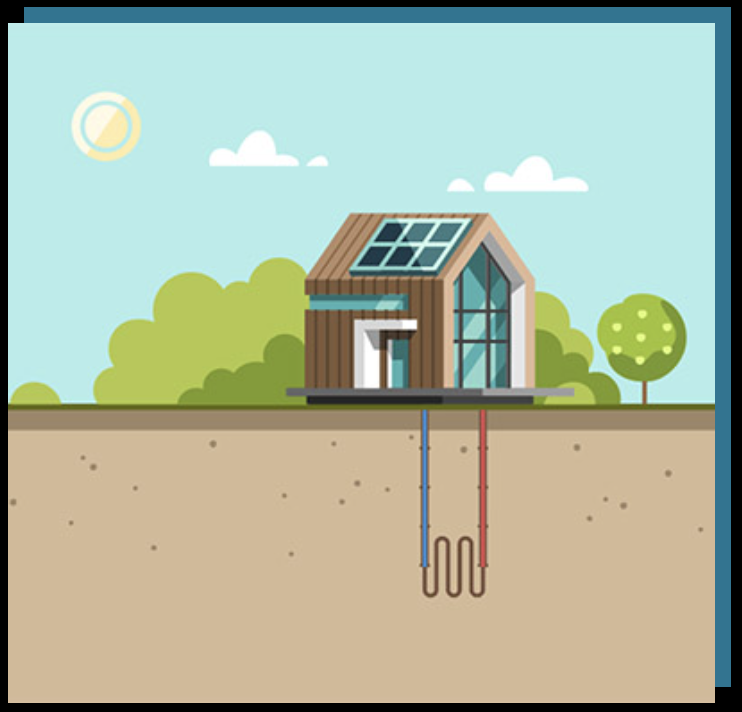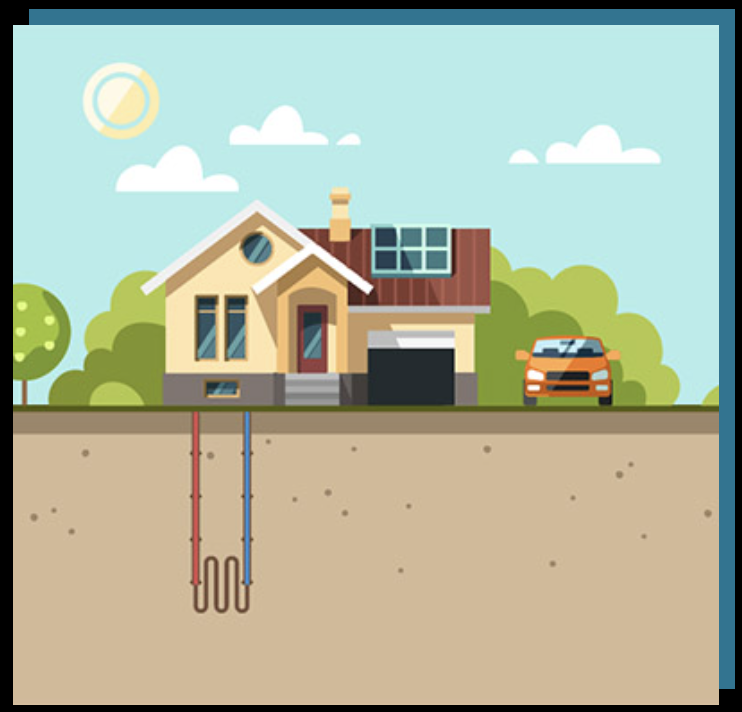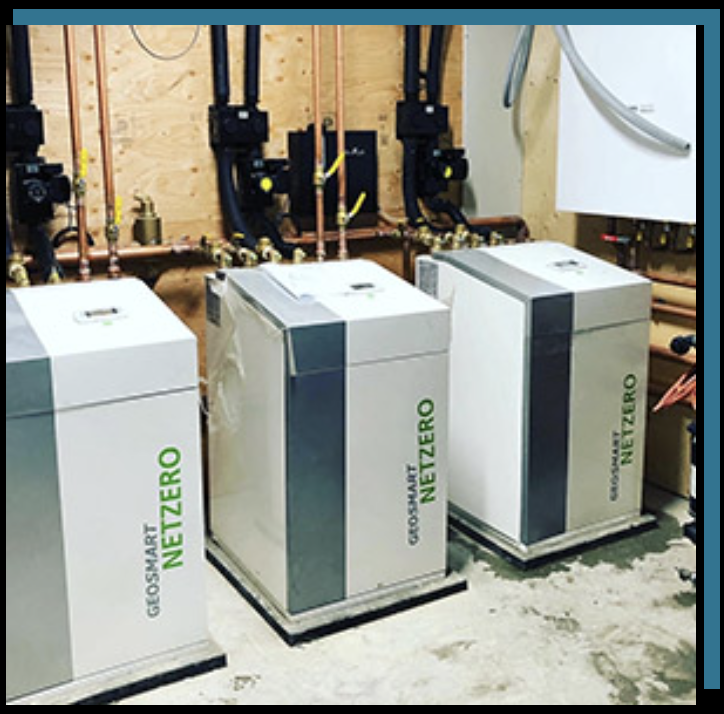If you’re thinking about buying a home with a geothermal heat pump you may have multiple goals. Energy efficiency and saving on heating and cooling costs are likely the two of the biggest reasons. Read on to discover how not all geothermal heat pumps are the same and how to know which is best for you.
Evidence continues to pile up regarding how utilizing geothermal technology is more efficient than traditional gas or electric systems. Energy and environmentally conscious builders and developers are increasingly considering various types of renewable energy systems including geothermal heat pumps.
Geothermal heat pump systems, as a whole, will use less electricity (and no natural gas) to heat or cool a home or business. Monthly operating costs can be significantly lower than with traditional natural gas or electric systems. When considering geothermal, it is important to understand how the local climate and conditions will impact your choice – and efficiency and costs. Just how efficient and cost-effective they are can depend on the climate where they are installed. In the case of heat pumps, it’s all about the source of the heat exchange, and the customer’s end goal.
Air Source or Ground Source – What’s the difference?
There are a variety of ways to describe a geothermal heating and cooling system. Historically they are most often called heat pumps. For the sake of this discussion, we will call them heat pumps–either Air Source Heat Pump (ASHP) or Ground Source Heat Pump (GSHP). Both reduce the use of nonrenewable energy sources. Both transfer heat between the interior spaces of a building or home and the outside. But how they transfer heat, and where they transfer heat to makes up the largest difference between ASHP and GSHP
What is an air source heat pump?
An Air Source heat pump transfers heat from the building to the outside air through the heat pump process. An ASHP takes advantage of the outside air temperature to reduce the amount of electricity required to bring the inside climate to the desired temperature. When conditions are right, this process can significantly increase the heating and cooling efficiency. These systems are more common in areas where the efficiency is at its peak, such as Vancouver Island.
This is where knowing the local conditions is essential. In areas that have harsher climates, such as right here in Alberta, there are times of the year when an ASHP is using as much electricity as a traditional electric heating and cooling system. If it is really cold outside an AHSP system is relying entirely on relatively expensive electricity to condition the inside climate.
What is a ground source heat pump?
A Ground Source Heat Pump transfers heat not to the air outside, but to the ground, or a nearby lake or pond. These systems use a water/ethanol mixture stored within High-Density Polyethylene (HDPE) piping as a heat exchanger. The piping system is buried in the ground or runs underground into a pond or lake. The ground source system pumps in the heat stored in the ground to increase the inside temperature.
In the summer, rather than releasing the warm air from inside your home out to the atmosphere, it is exchanged within your ground loop piping. The relatively constant temperature below ground means the heat pump doesn’t have to work as hard to reach the desired temperatures inside, making it very efficient and saving heating and cooling costs.
How to get the most effective heat exchange
A GSHP has that relatively constant temperature underground to start with. And will remain constant regardless of the weather outside. When a system is designed properly, there will be enough heat stored below ground to heat your home or building when outside temperatures are extremely low (in a typical Alberta winter where temperatures can hover around -35C for weeks) In the summer, the ground will easily absorb the heat and return cooled air to your building. With an ASHP, there is no constant temperature, and Albertans know that the outside temperature can get extreme in the winter. An air source system must use that extremely cold air to heat a building, while a ground source system continues to use the (relatively) warmer temperatures found underground.
Which will it be – Air source or ground source?
The reality, depending on the location, either an air source or ground source heat pump system will be more energy-efficient and cost less to operate than a traditional electric/gas heating and cooling system. A ground source geothermal system can seem complex because it involves sinking or burying piping in the ground in order to exchange thermal energy. In the long run, depending on where you live and the extremes of temperature experienced, an air source geothermal system is much less cost-effective and could wind up not saving you anything on electricity costs if you are in an area with extremely cold temperature for weeks on end.
Choosing geothermal is the right choice. Choosing the right type of geothermal is a critical step in the process.
Did you know, spring is the best season to start a new geothermal project and “get your loops in!” We can help guide you to apply for incentive programs too. Envirotech Geothermal proudly serves the greater Edmonton and Calgary areas including Lakeland, Canmore, Devon, Grande Prairie, Red Deer, and Rockyview by helping homeowners and builders to discover the benefits and features of geothermal heating and cooling. Contact us today to learn how you can save up to 70% on your heating and cooling bills by utilizing geothermal heating and cooling in your home. Call us at 780.220.0842 or request a Geothermal Consultation for more information.
[/fusion_text][/fusion_builder_column][/fusion_builder_row][/fusion_builder_container]


